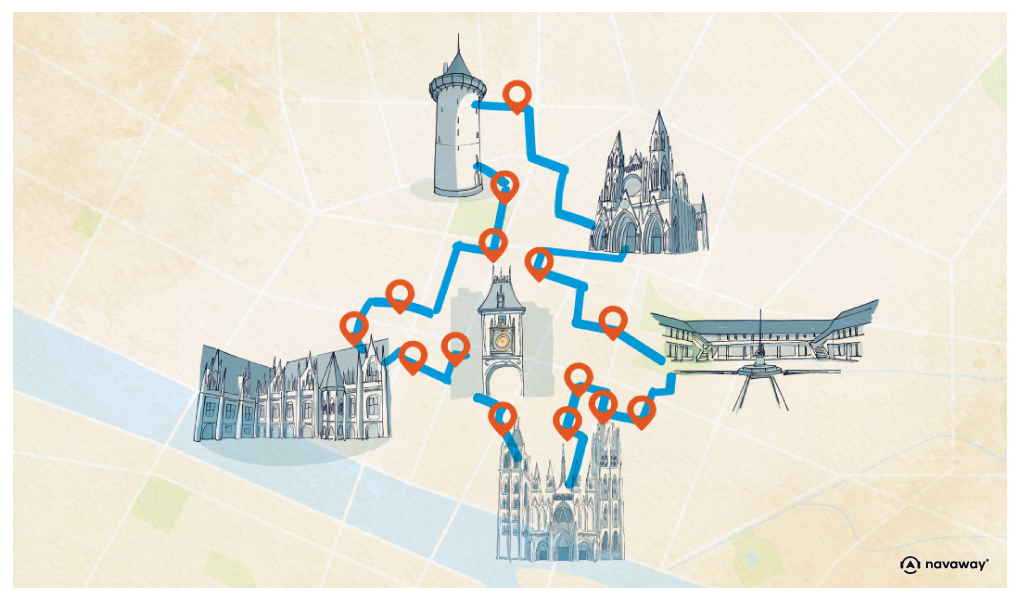
Notre-Dame-de-Rouen Cathedral
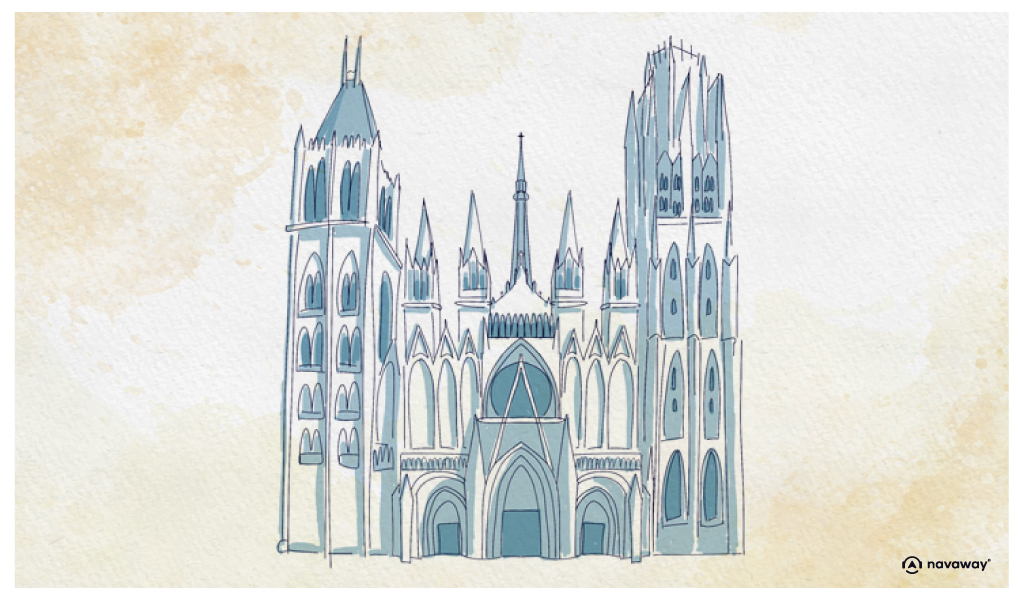
This point of interest is available as audio on the tour: Visit Rouen, Normandy’s number-Rouen on the Seine
Introducing the Notre-Dame of Rouen. Unlike its more famous sisters in Chartres, Paris, Reims, Amiens, and Strasbourg, Rouen’s cathedral is often overlooked. Let us tell you a bit about this little gem steeped in history. Like all great buildings, Rouen’s Notre-Dame Cathedral, as you see it today, wasn’t built in just a day, a month or a year, but rather over 4 centuries. Construction began around 1145 on the site of an older Romanesque temple dating from the 10th century. They started with the Saint-Romain tower on the north side. It took them forty years to start building the actual cathedral, working their way from the nave toward the choir. And just when they were building the first bays, tragedy hit; the cathedral-to-be and the whole neighbourhood went up in flames. And just like that, they were gone. What may well have hampered progress actually accelerated the building process. And so the cathedral gradually took shape over the following centuries, with numerous additions here and there. By 1204, the nave and choir were completed. Around 1270, they added chapels to the side aisles, along with stained-glass windows. By 1247, construction was nearing completion. But now, they had to decorate! The 14th century saw the decoration of the main façade, with the addition of over 60 statues representing bishops of Rouen, apostles, and prophets. The result was impressive to say the least! Around 1506, the Butter Tower to the right of the building was erected. But why butter? Well, this is where things get interesting. Apparently, the tower’s construction was partially made possible thanks to a very special deal struck between the church and the faithful. Want to know what it was? Believe it or not, those who made donations could treat themselves to butter during Lent, traditionally a time of fasting. So in a paradoxical turn of events, money raised from sin was invested in a lasting monument to faith! Not that it has anything to do with this, but it was all downhill from there. The cathedral was plundered during the Wars of Religion, it was hit by storms, hurricanes and lightning, it was bombarded in 1944 and at some point its spire also caught fire. To tend to all its wounds, the church underwent a series of non-stop restorations, hence its eclectic architectural style and asymmetrical structure. But that’s also why it’s nicknamed “the most human of cathedrals.” Time and time again, the Notre-Dame of Rouen has triumphed over these setbacks, growing stronger and more beautiful, but above all, bigger in size. It has held, and still holds, some admirable records. Its 61-metre façade, for example, is the widest in France. That of the Notre-Dame in Paris barely reaches 44 metres. Between 1876 and 1880, this Norman place of worship was proudly the tallest building in the world. And it’s all thanks to the cast-iron spire of its lantern tower, which rises to a height of 151 metres. Although other architectural feats have since stolen its thunder, it remains the tallest cathedral in France and one of the tallest in Europe. Enough to make the people of Rouen proud, and to spark controversy among prominent figures of the time. And why is that, you might ask ? Well, let’s just say the building wasn’t to everyone’s liking, not to mention it was so incredibly tall that sometimes one single canvas wasn’t enough to do the job. You see, it wouldn’t fit! Writers Flaubert and Maupassanne, for example, weren’t crazy about it, and the famous painter Monet had a hard time capturing its likeness in his impressive series of 30 paintings dedicated to it. But what lies behind the walls? What’s the inside like? The answer is just as many historical and architectural treasures. Beneath the vault, you’ll see beautiful stained-glass windows dating from the 13th to the 20th century. And talk about detail! You’ll need at least a few minutes to take it all in! Let’s not forget the sculptures of famous saints, the vaulted arcades and the elegant Escalier des Libraires, the Booksellers’ Staircase. You’ll also find the tombs of former Dukes of Normandy and that of Richard the Lionheart, King of England, who requested that his heart be buried in the crypt here “as a token of his love for Normandy”. The organ was removed from the recumbent statue and is now kept in the storerooms of the city’s Museum of Antiquities. Now you know all there is to know about the perfectly imperfect Rouen Cathedral and its fascinating history. It’s been listed as a historical monument since 1862 and it’s a must-see attraction that deserves worldwide acclaim.


Discover Rouen with app
An interactive guide through the most beautiful streets, squares, and districts
27 fun audioguides full of historical facts, anecdotes, and legends
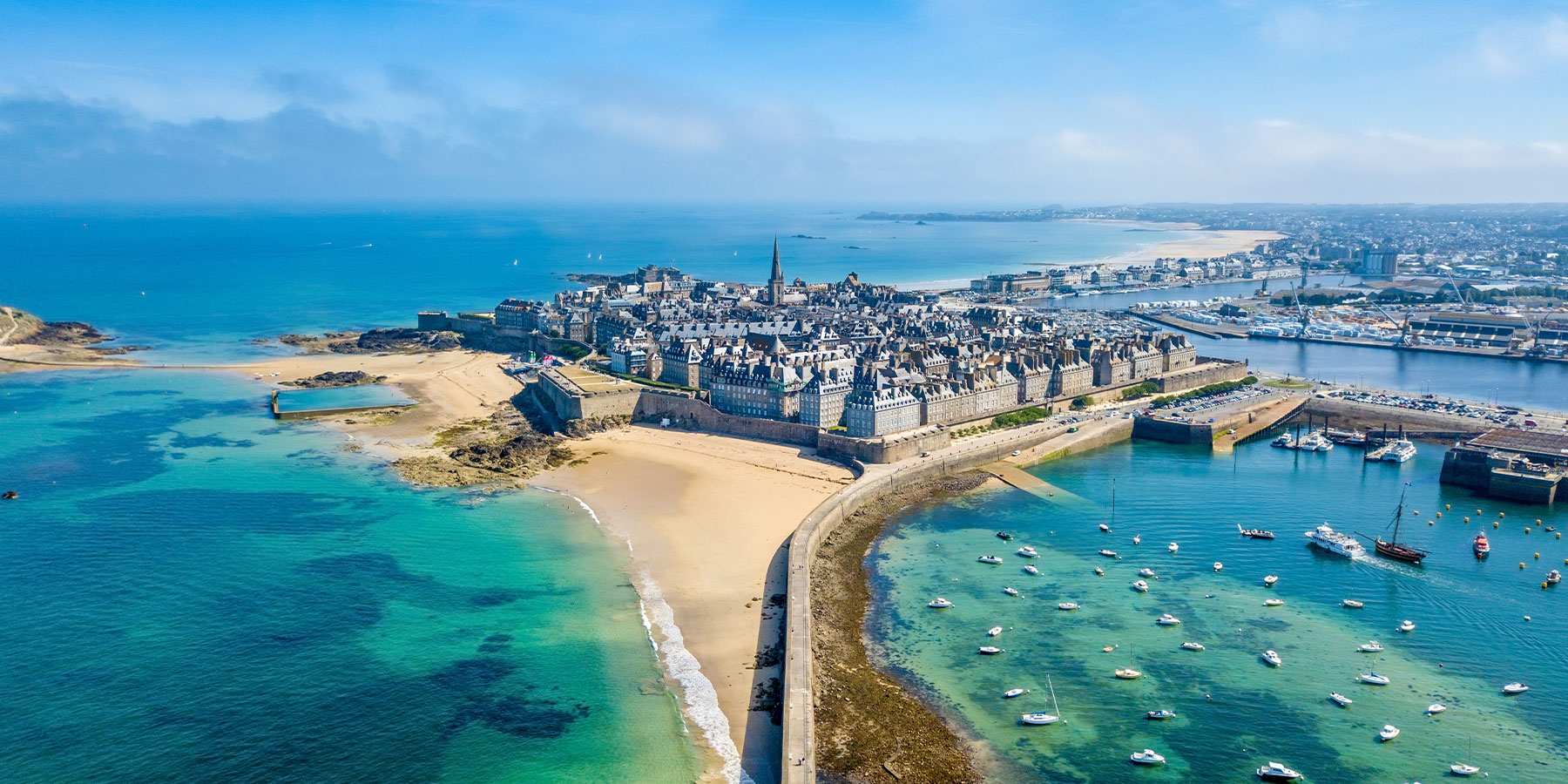
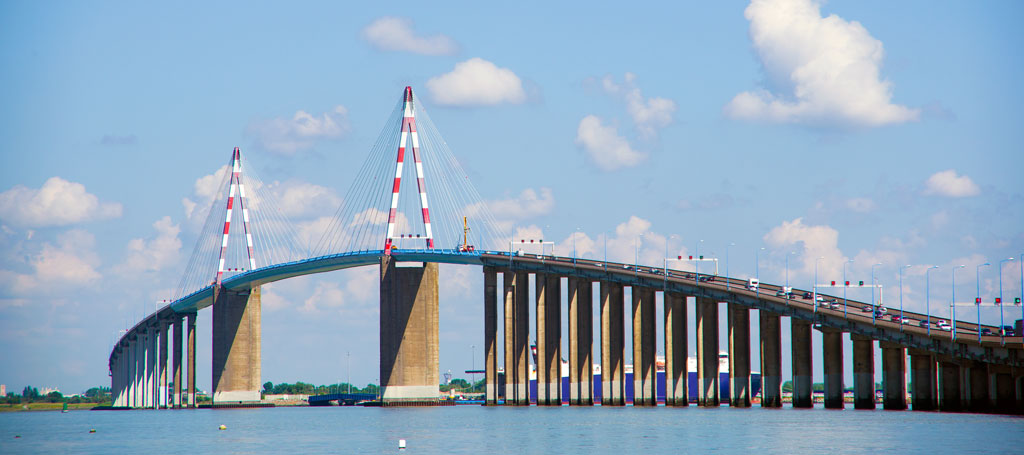
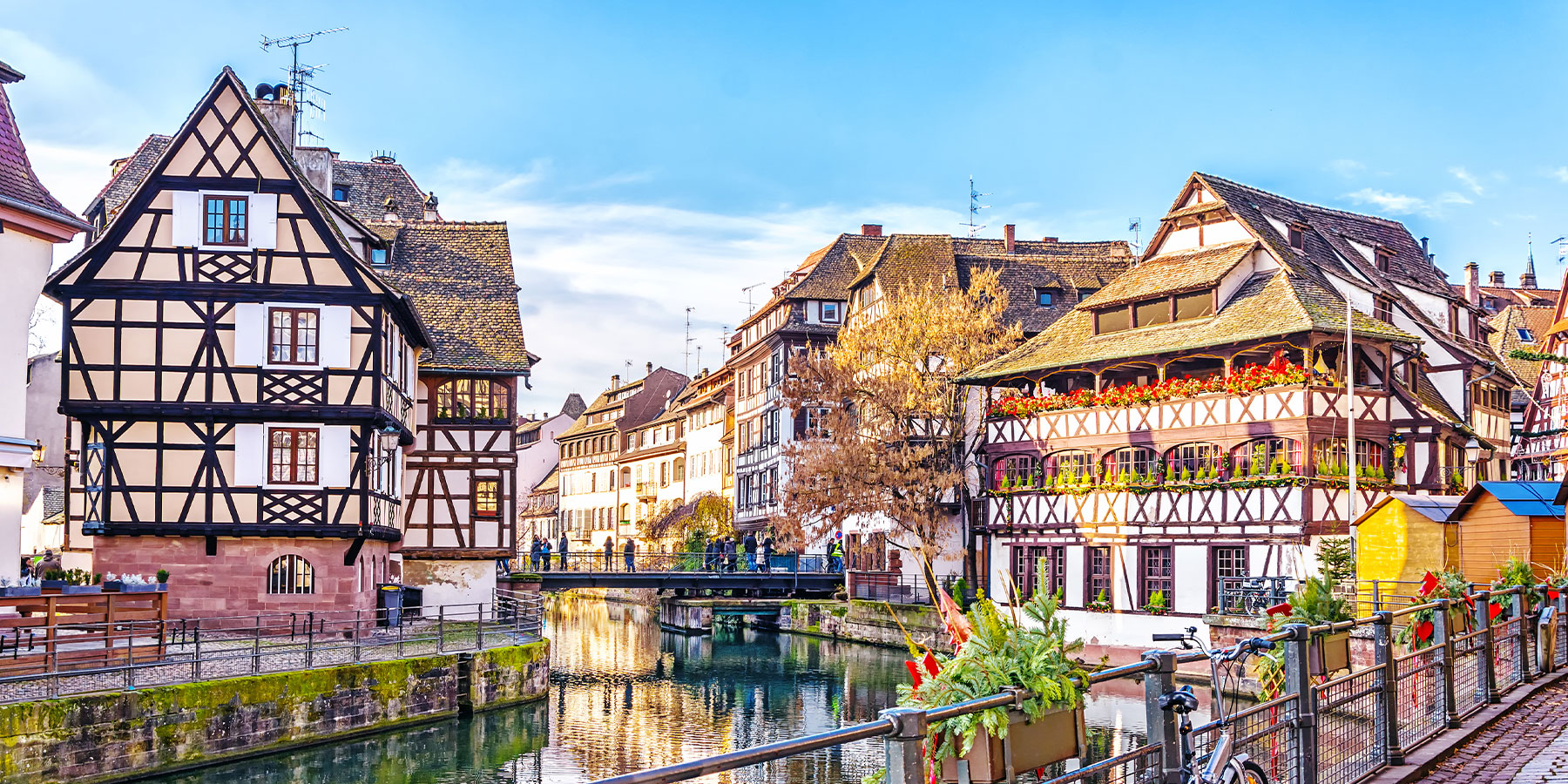


Comments